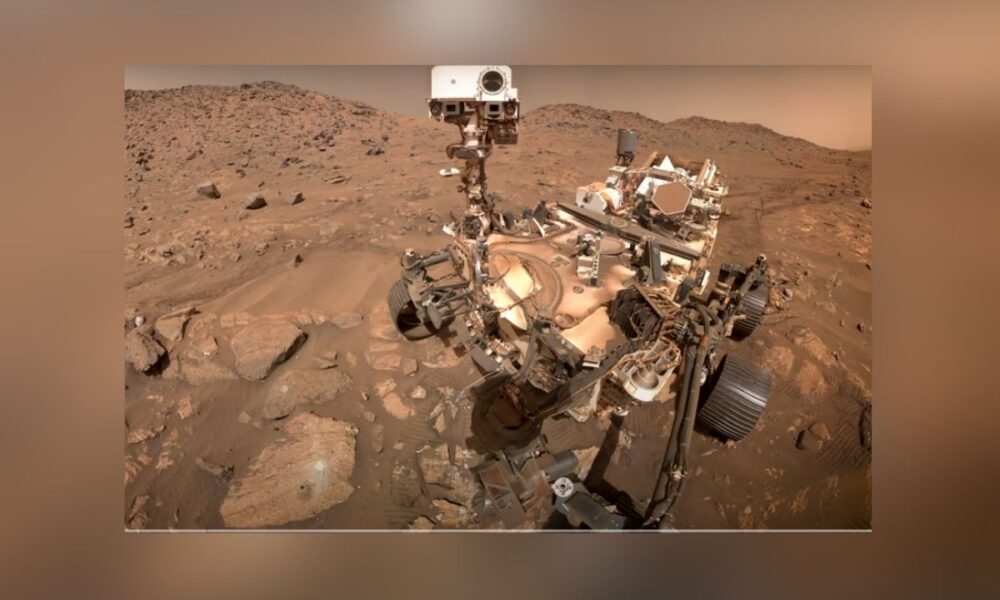Scientists say they have captured the first direct acoustic evidence of lightning on Mars — tiny crackling electrical discharges triggered by swirling dust devils and storms, picked up by a microphone on NASA’s Perseverance rover.
A French-led team reported in the journal Nature that it found 55 episodes of what it calls “mini lightning” — brief, static-like sparks inches long — hidden in 28 hours of rover audio recorded over nearly four Earth years.
The faint pops and crackles, barely audible amid howling wind and dust grains pinging the microphone, occurred almost exclusively during the Red Planet’s dustiest, windiest days.
“It opens a completely new field of investigation for Mars science,” said lead author Baptiste Chide of the Institute for Research in Astrophysics and Planetology in Toulouse, the Associated Press reported. “It’s like finding a missing piece of the puzzle.”
The microphone, perched atop Perseverance’s mast as part of its French-built SuperCam instrument, was designed to record laser shots vaporizing rocks, not electrical storms. Yet the tiny discharges — some lasting only seconds, others up to 30 minutes — produced clear acoustic and electrical signatures near the rover.
“It really is a chance discovery to hear something else going on nearby, and everything points to this being Martian lightning,” wrote Daniel Mitchard of Cardiff University, who was not part of the study, in an accompanying Nature article.
Still, he noted the evidence comes from sound alone, not images, and some researchers may want confirmation from future instruments.
Mars’ thin, carbon dioxide-rich atmosphere makes it especially prone to static buildup as dust and sand grains rub together, much like Earth’s dust devils can produce sparks. The new findings align with decades of suspicion that the Red Planet hosts lightning, though past missions found only indirect hints.
“It’s like a thunderstorm on Earth, but barely visible with a naked eye and with plenty of faint zaps,” Chide said, per AP.
The discharges are far too small to strike a future astronaut, Mitchard wrote, but frequent static sparks could damage sensitive equipment on rovers or human missions.
Perseverance, exploring an ancient river delta in Jezero Crater since 2021, has already beamed back the crunch of its wheels on Martian gravel and the whir of its now-retired Ingenuity helicopter. The new study adds the faint snap of Martian lightning to the growing soundtrack of another world.


